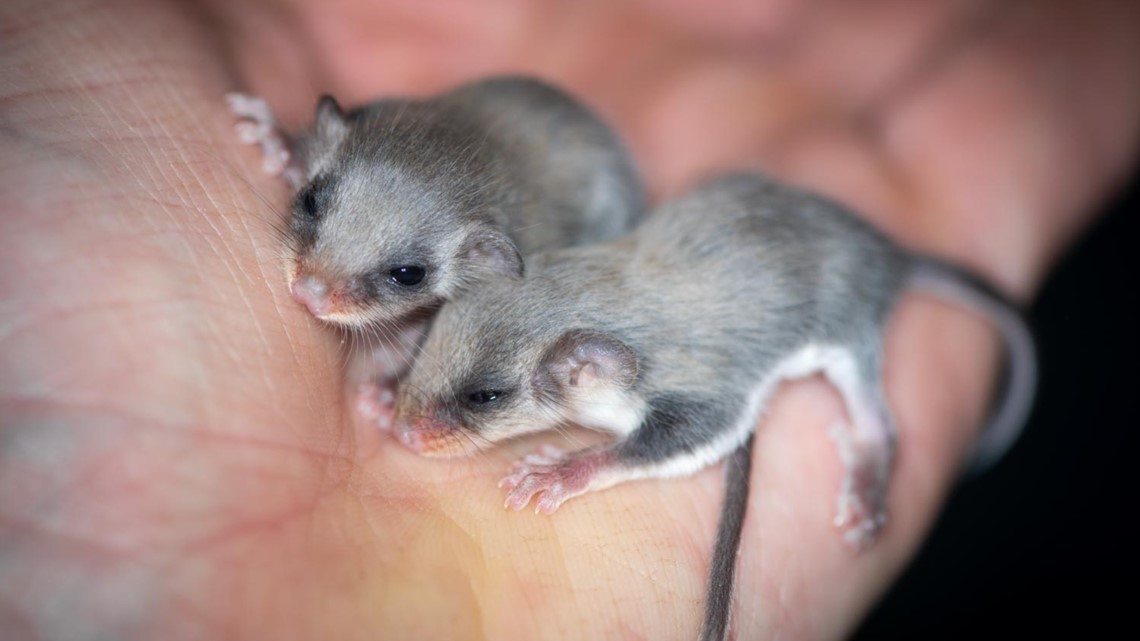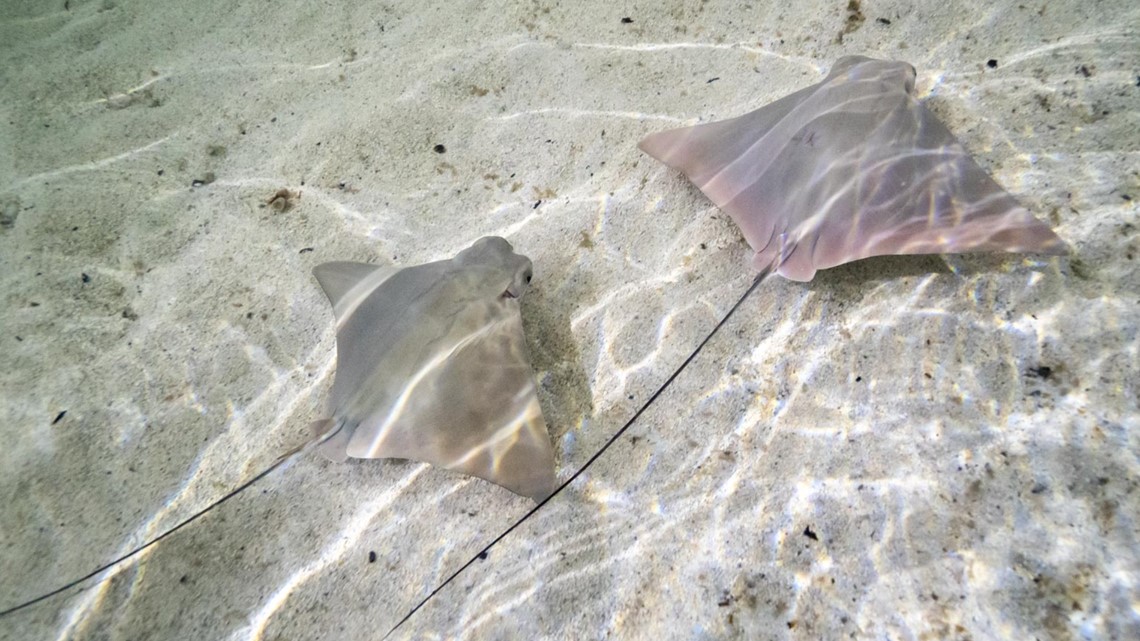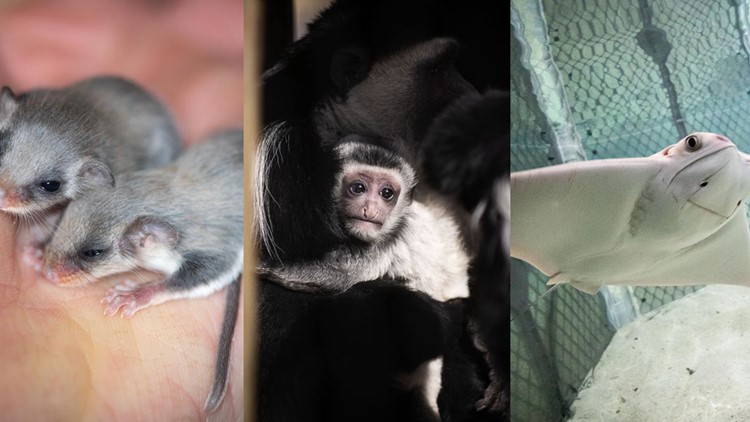COLUMBUS, Ohio — The Columbus Zoo and Aquarium has announced some new faces visitors will be able to see this spring.
The zoo said several babies were welcomed into the family over the past few months, including a baby colobus monkey, two feathertail gliders and two stingray pups.
“We love seeing these healthy spring arrivals, and with each birth we celebrate the amazing diversity of wildlife from around the world,” said Dr. Jan Ramer, the Columbus Zoo and Aquarium’s Senior Vice President of Animal Care and Conservation. “Spring is a great time to visit the Zoo to relax and enjoy the beautiful grounds, and to learn more about our incredible animals and ways can all do our part to help protect these species and their habitats.”
A male guereza colobus monkey who was named Jif by his care team was the first coming back on Jan. 15. They said Jif is doing well and is quite active.


Jif and his mother Jabari and father Sekani can be found in the Zoo’s Congo Expedition region with the troop that includes two other females. They’ll have access to their outdoor habitat when the weather is above 50 degrees.
The zoo said the colobus monkeys’ long black and white fur and tail make them distinctive in their range countries in equatorial Africa. The long fur helps female colobus monkey hide their babies from predators.
Colobus monkeys spend half their day resting and sleeping with the rest is spent eating and moving through the trees to look for food.
The word colobus means “mutilated one” as the species lacks thumbs. Instead, they have a little nub with a nail.
The pair of feathertail gliders were also born in January to one mother. The zoo said they are one of only two breeding institutions in North America caring for the world’s small marsupial.


Feathertail glider joeys are smaller than a grain of rice when born and become about the size of a mouse when they become adults, according to the zoo.
When they grow to 2 to 3 inches long, they can glide up to 90 feet between trees.
The zoo says they earned their name due to their flat tail that has stiff hairs on both sides to help them steer, while a flap of skin between their front and back legs acts like a parachute as they glide from branch to branch.
Visitors can find the feathertail gliders in the zoo’s Nocturnal Building, located in the Australia and the Islands region.
The zoo’s two male cownose ray pups were born on Feb. 7 and 18. Both can be viewed in their “playpen” in Stingray Bay, located in the Zoo’s Adventure Cove region.


The pups are the size of a small dinner plate and will grow to be more than 3 feet wide as an adult.
Named for the shape of their head, cownose rays have only a few natural predators, including hammerhead sharks and humans, according to the zoo.



